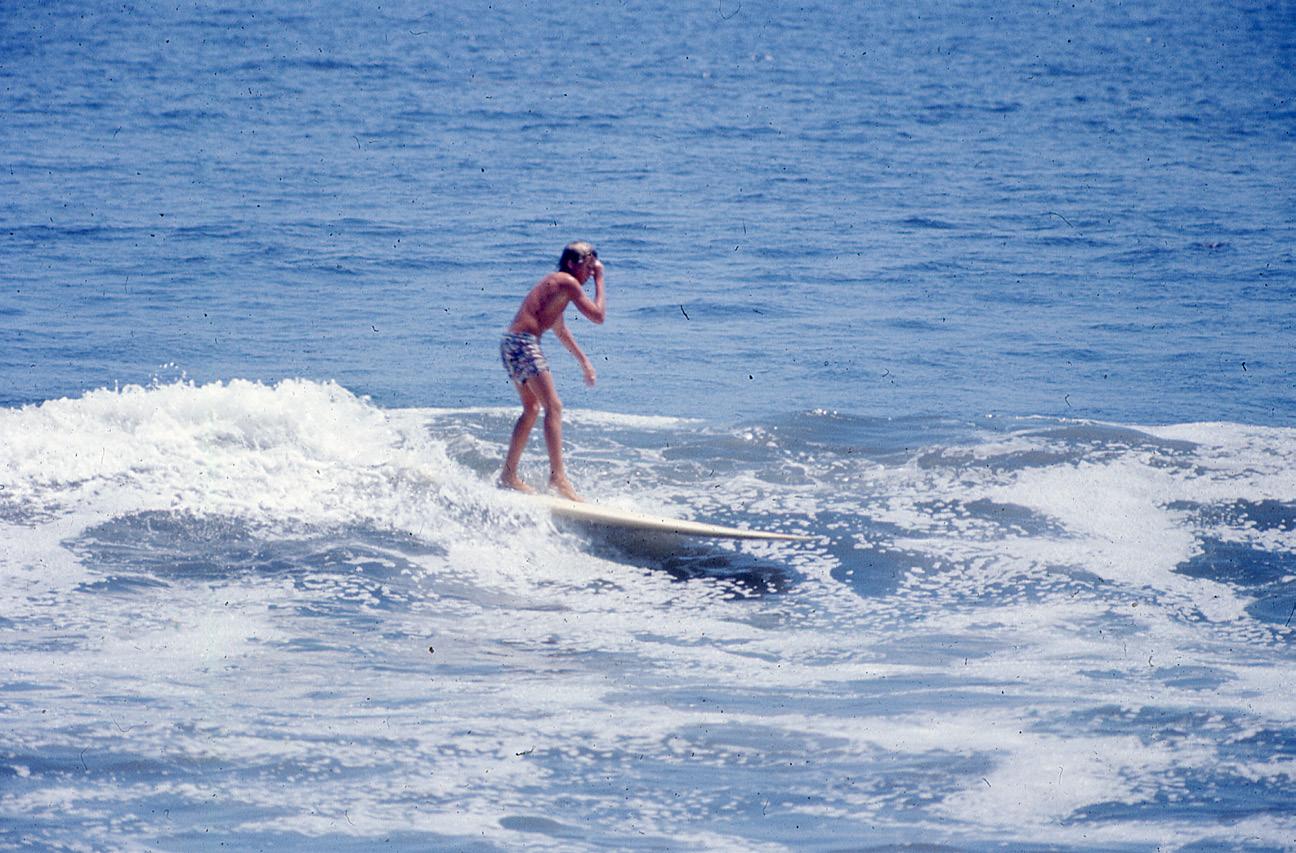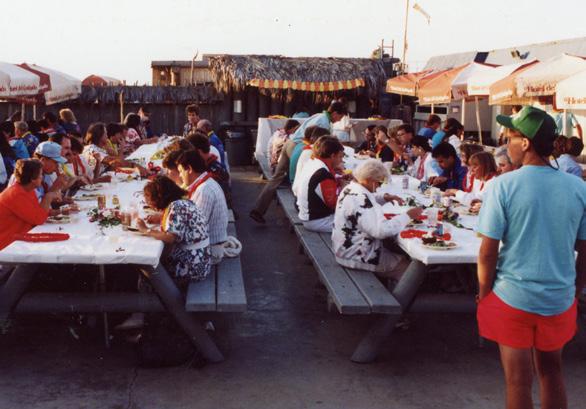
7 minute read
NAVIGATING CHALLENGING TIMES 1980–1989
NAVIGATING CHALLENGING TIMES 1980–1989
PEOPLE
Advertisement
YMCA Camp Surf went through a second major evolution starting in 1986 with the return of Dick Mason as the Camp Director. Since the YMCA only provided a small stipend, Dick also taught classes in the Recreation Department for Southwestern College. Thanks to Dick’s vision and tenacity, a strong programmatic bond developed between the two organizations that had a long-term positive impact on YMCA Camp Surf.
Lowell Lindsay was hired as the Executive Director of YMCA Camping Services in 1987, replacing John Marciano who had held the position since 1977. John Balsamo was one of several YMCA Camp Surf Directors that worked with John Marciano and preceded Dick Mason’s return.
1




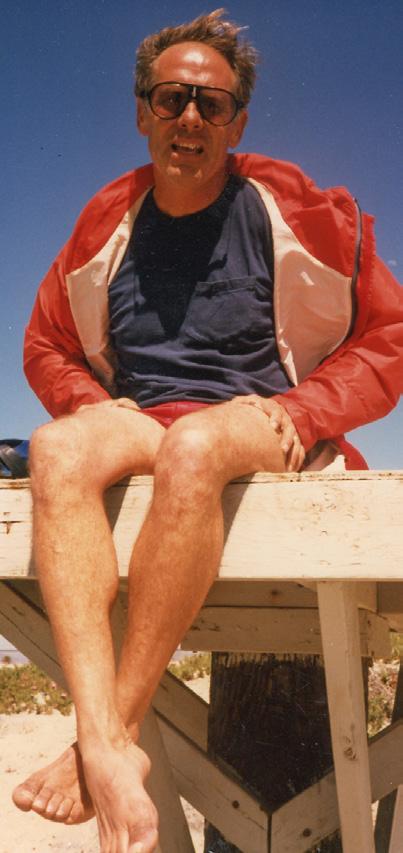


PLACE
Camp was in trouble. The lease was reluctantly renewed in 1983 for 5 years by the Navy. They were not happy with the piecemeal construction and general deterioration of the camp property. The Navy Draft Master Plan described YMCA Camp Surf as financially struggling with no real plan to develop the space to effectively serve the greater San Diego community. The plan called for the YMCA to vacate the southwest corner of the training base once the plan was approved, so the Navy could begin construction on additional housing for active duty personnel.
Fortunately, YMCA Camp Surf received unexpected support from the California Coastal Commission in 1984. The Commission’s recommendation for the Communication Station rejected the vacation of YMCA Camp Surf and called for the Navy to relocate the YMCA elsewhere on the site. Their objection was related to the reduction of cost-effective coastal access by eliminating the programs and services the YMCA provided. On November 29th, 1984, Richard Collato, President and CEO of the YMCA of San Diego County, wrote the California Coastal Commission to address inconsistencies in the Navy’s draft master plan. The City of Coronado and SANDAG also provided letters of support for YMCA Camp Surf remaining at its current site. The Navy proposed moving the camp to the North end of the NRRF, but later rejected that idea after reviewing access and cost via Silver Strand Hwy. Eventually the Navy abandoned the idea of evicting YMCA Camp Surf, but the YMCA felt significant pressure to strengthen programs, upgrade facilities, and increase professionalism to get back in the good graces of its landlord.
In 1987, Lowell Lindsay requested and was granted another 5-year lease with the Navy. Around the same time that the lease was renewed, a task force of the YMCA of San Diego County Board developed a comprehensive plan for all three San Diego Y camps. The plan included a master site plan for each camp and a strategic plan focused on programs, fundraising, and capital improvements. Lowell Lindsey, Dick Mason, Rose Mary Carstens, R. Hill, and E. Gabrielson were key architects of the 1987-1992 strategic plan.
The work at YMCA Camp Surf began almost immediately thanks to generous donors that included Val Hoy and, once again, Art Jacobs. Three cabins and two dorm buildings were constructed in 1987 by the trainees from The San Diego Federal Job Corp Training Center. The beach shack, Fargo activity center (arts & crafts), and both shower houses were remodeled. Between 1988 and 1989 the remaining 6 cabins were constructed along with the waterfront facility and tower zero. The total cost was $57,000. YMCA Camp Surf got a second chance.







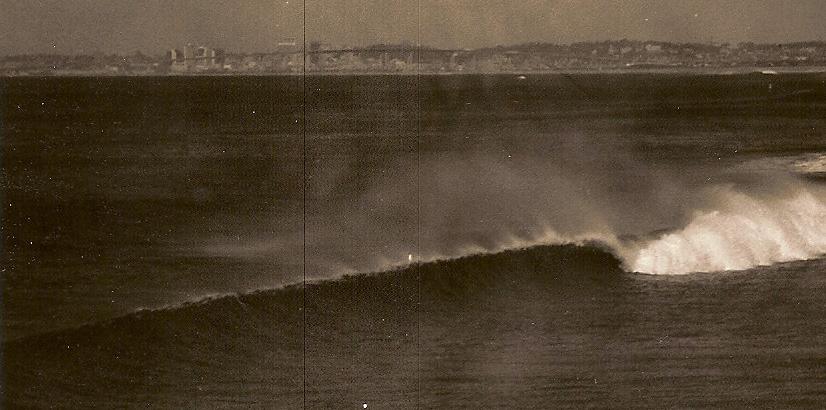







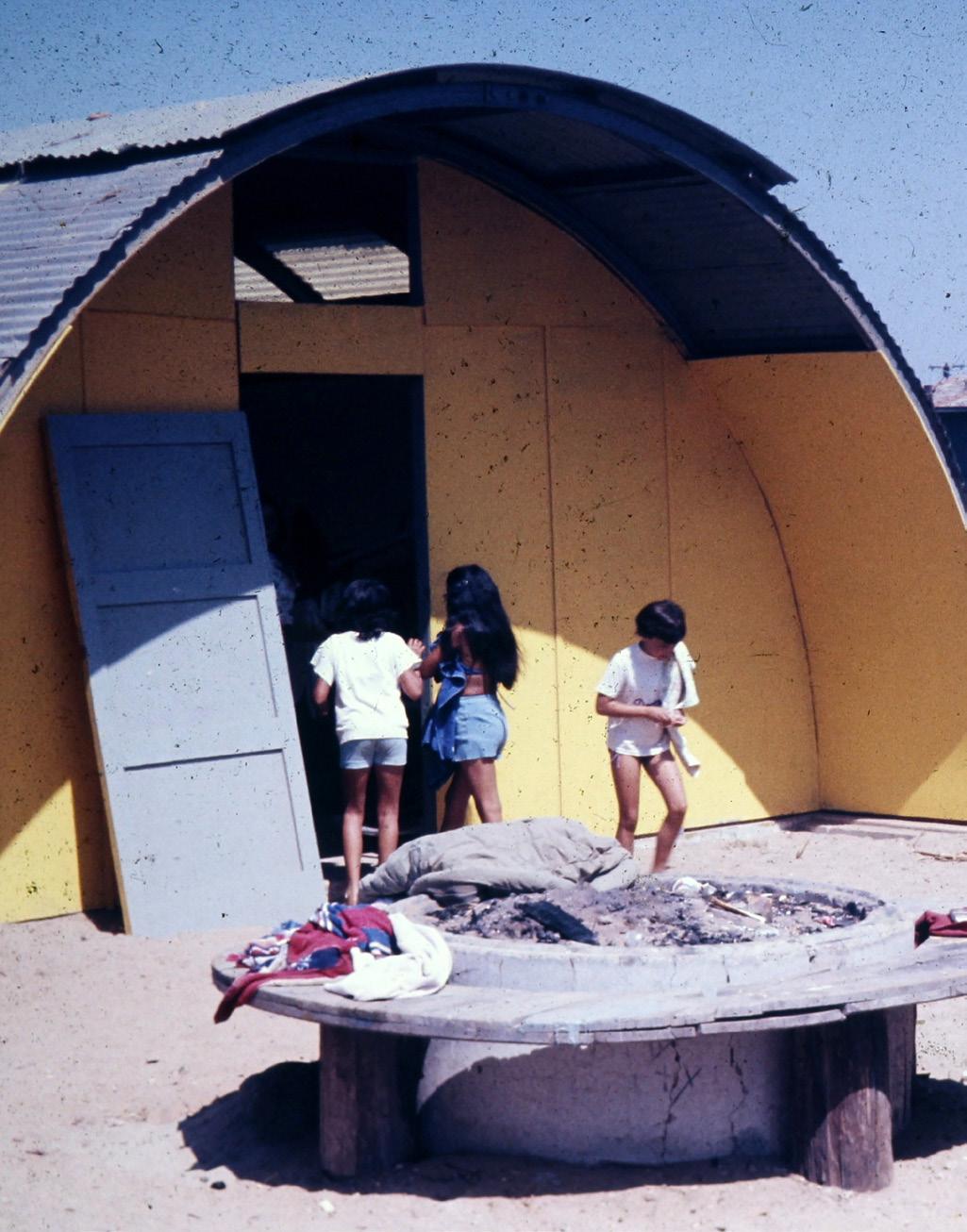




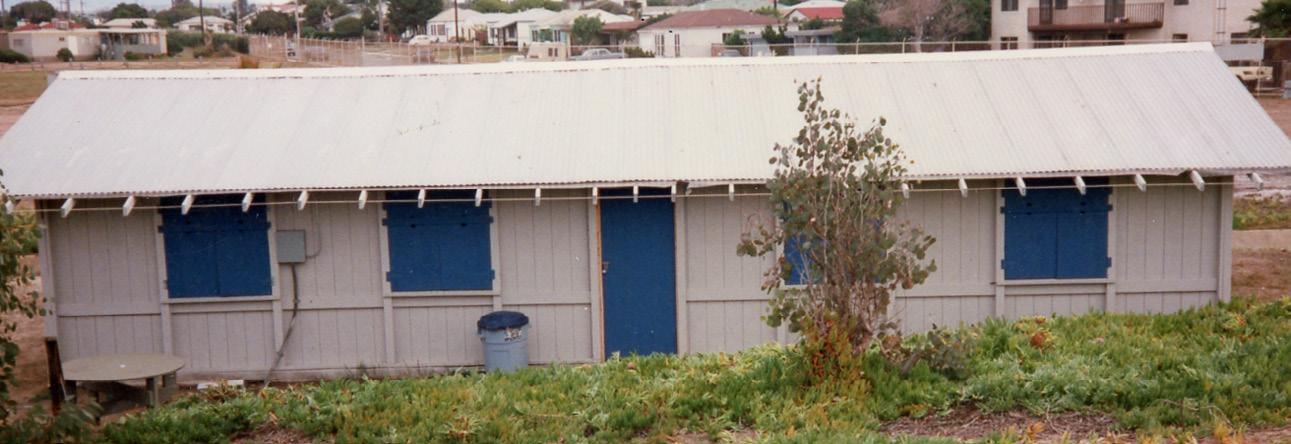








PROGRAMS
The new cabins, which replaced the Quonset huts, were arranged in two villages to house Mariners and Ocean Explorers in the summer, and group services in the spring and fall. The Mariners program, now for ages 7-12, had six cabins at the south end of camp. This elementary aged program focused on an introduction to ocean sports, coastal wetlands education, and values to promote “doing their best in daily life”. Ocean Explorers, now for ages 13-16, used the 3 new cabins along the road to the waterfront. This program for teens had an emphasis on surfing, and campers traveled to surf spots from Trestles in San Clemente down to K181 in Baja California. Teens could also experience surf adventures to Hawaii including Kauai and Oahu’s North Shore.

Watermen, for ages 12-13, operated about a mile north of camp in a “tent city” right on the beach. Campers and staff would only return to camp Wednesday night for showers and the camp dance. They spent all day in the water surfing, Boogie boarding and developing camping skills to prepare them for Ocean Explorers. They also enjoyed skin diving and trying to locate the sunken submarine just off the coast.
Leadership Programs continued through the summer Leadership Training Program (LTP). Select youth interviewed to volunteer for the entire summer to support the counselors. This free program was funded by board members and donors to support the development of future leaders. LTP participants could expect to learn advanced lifesaving, first aid, CPR, and how to work with youth.
